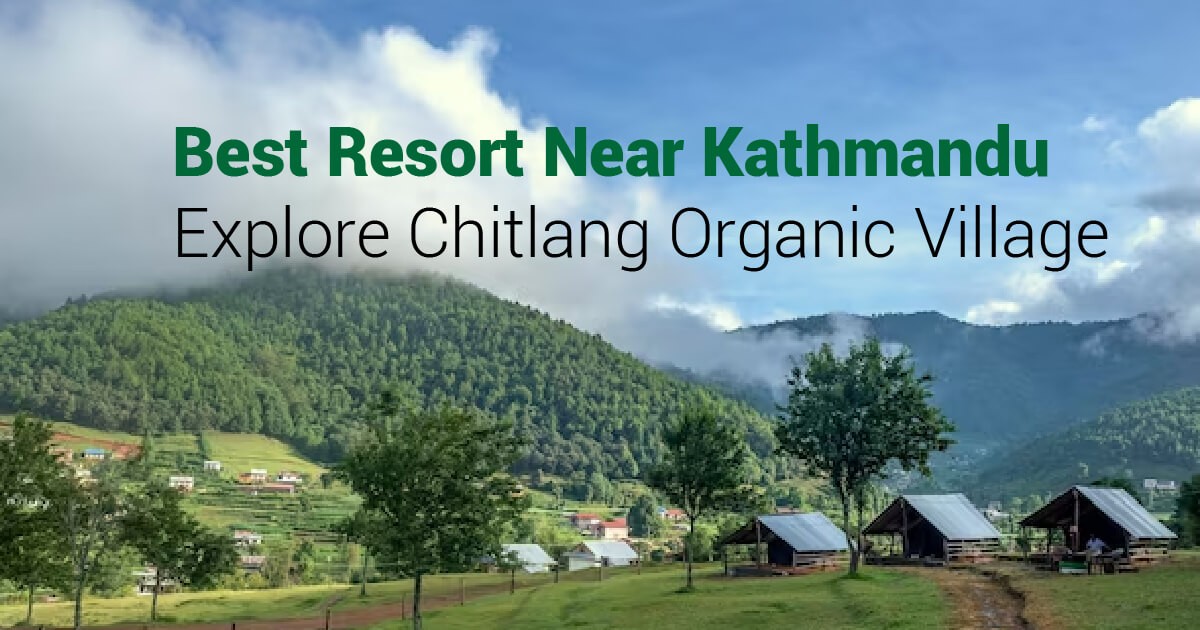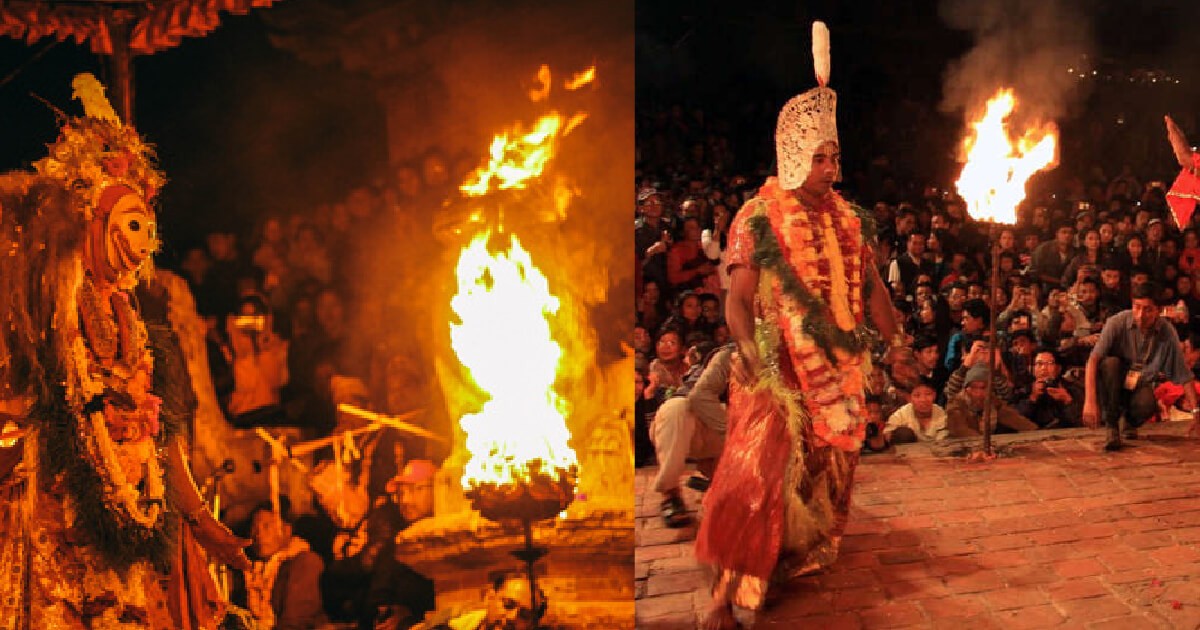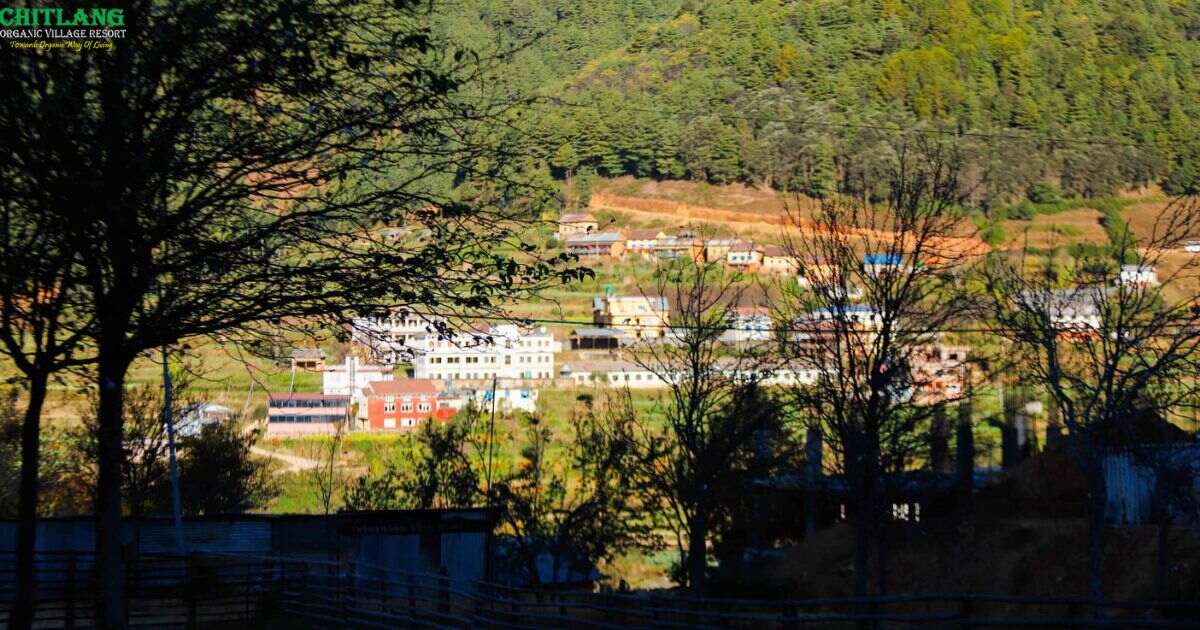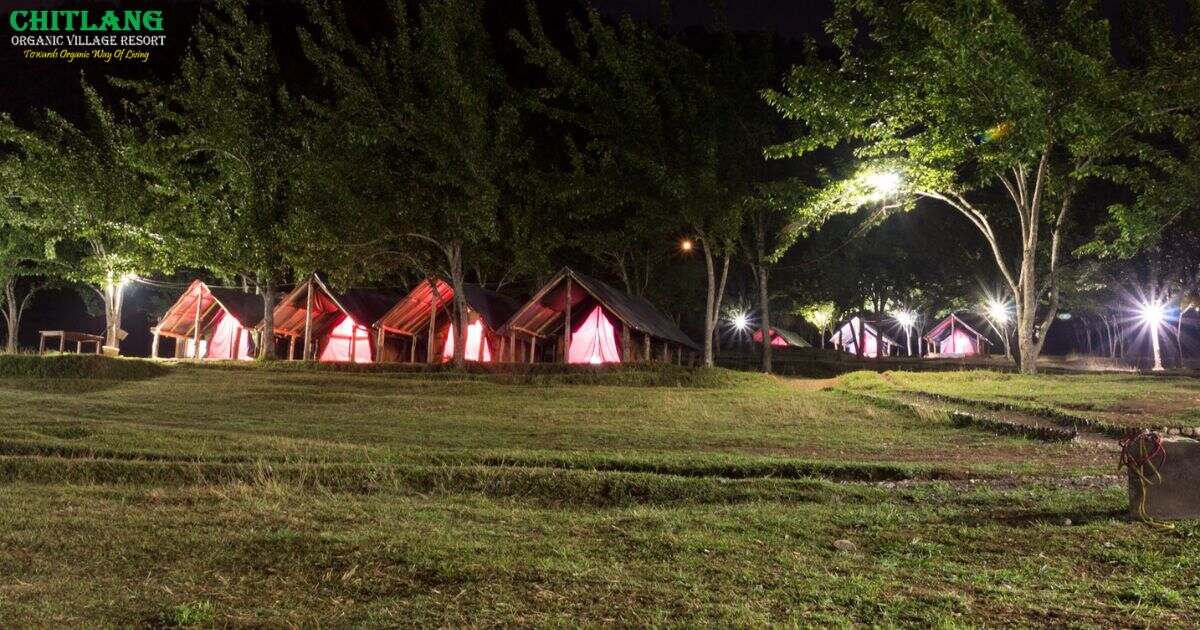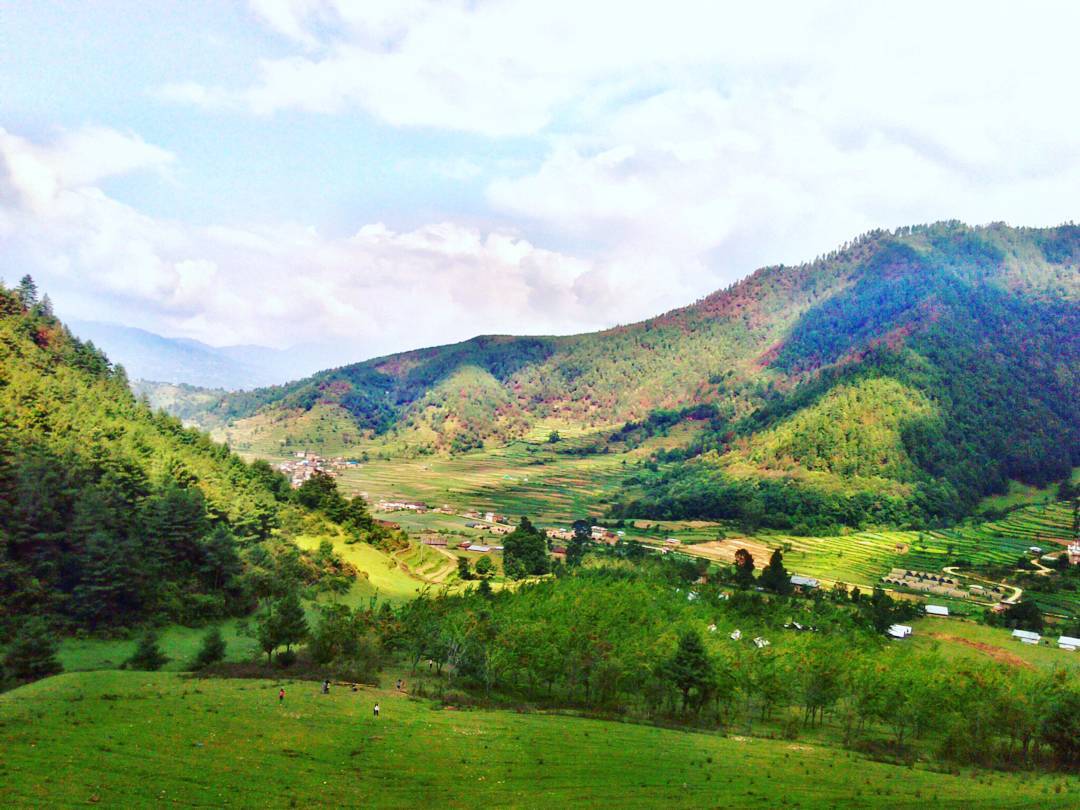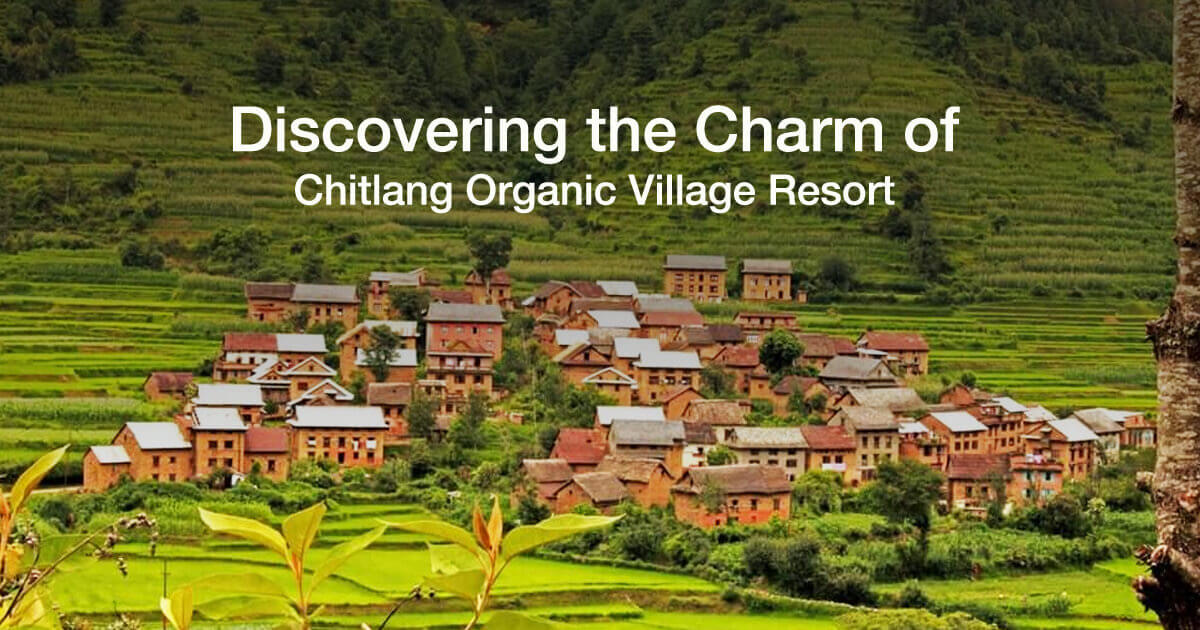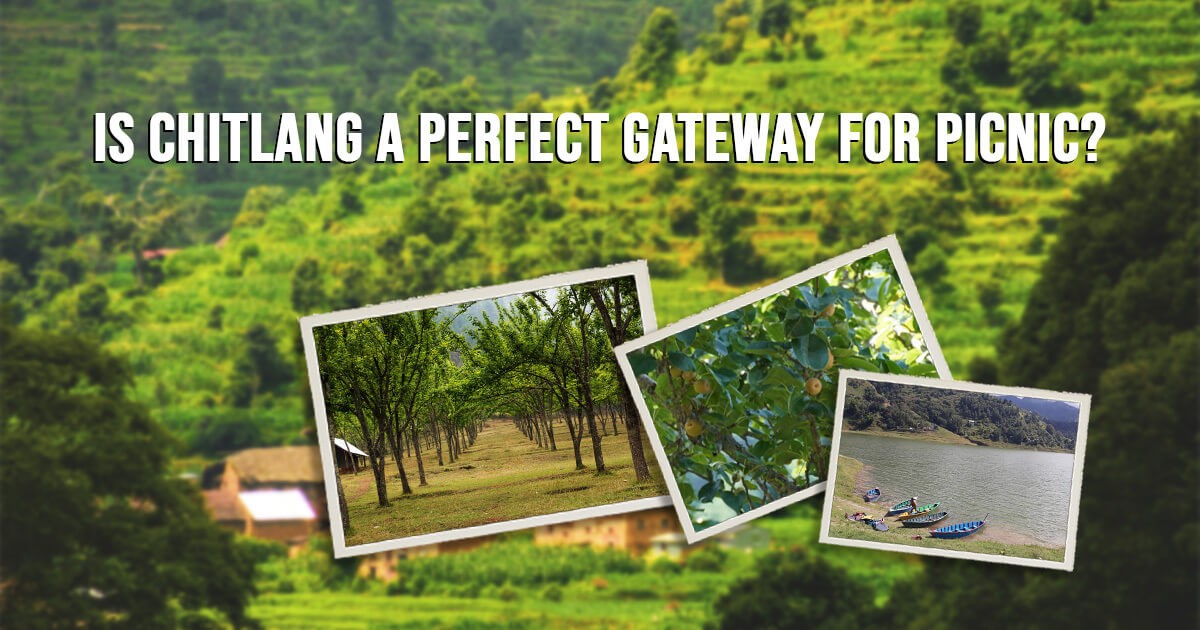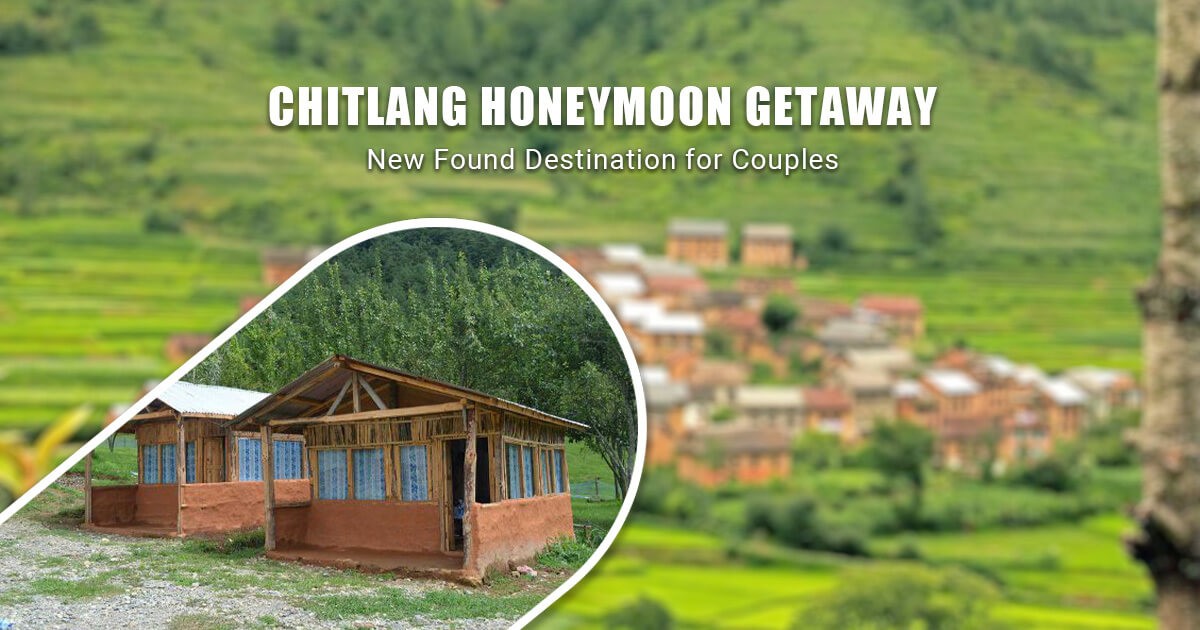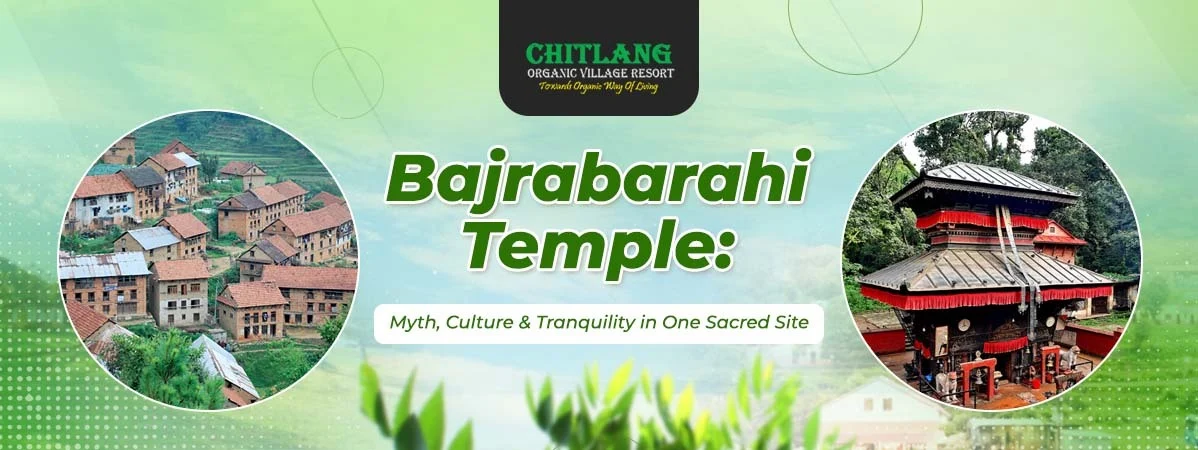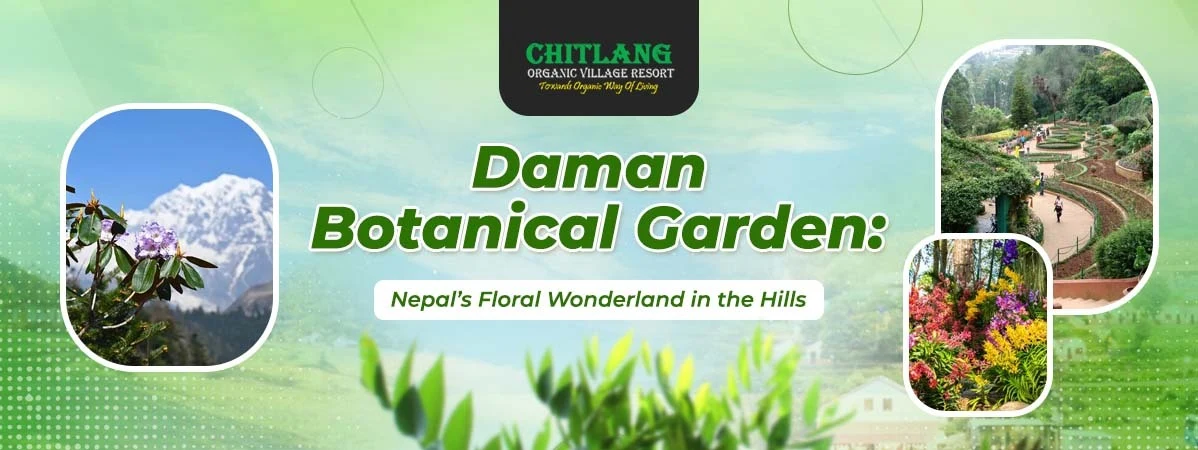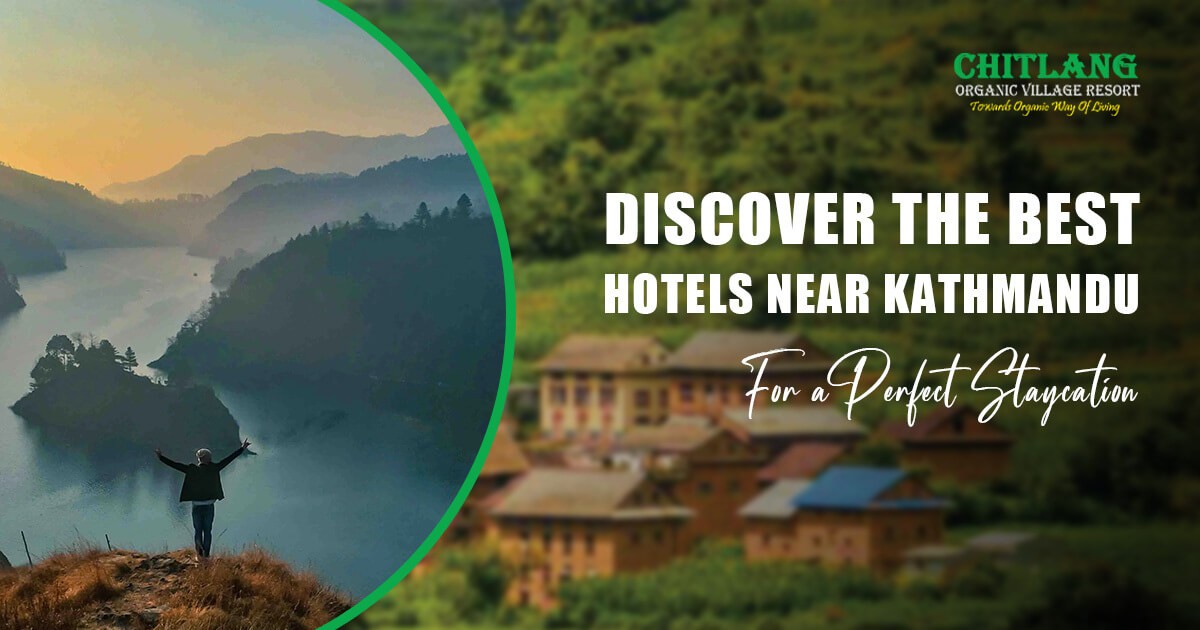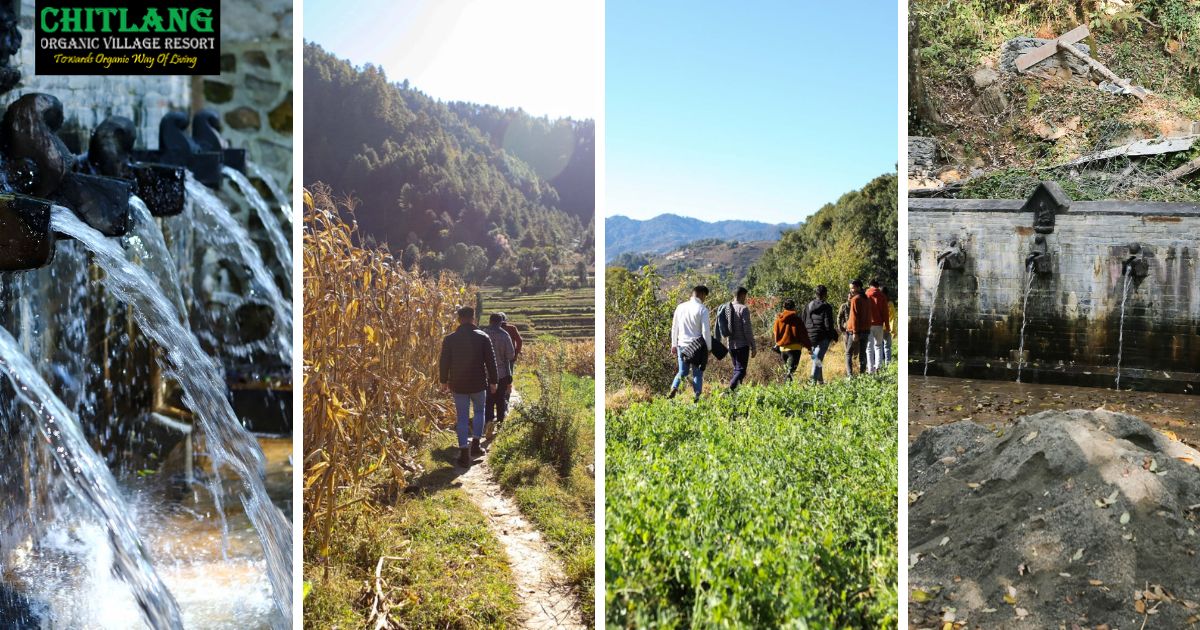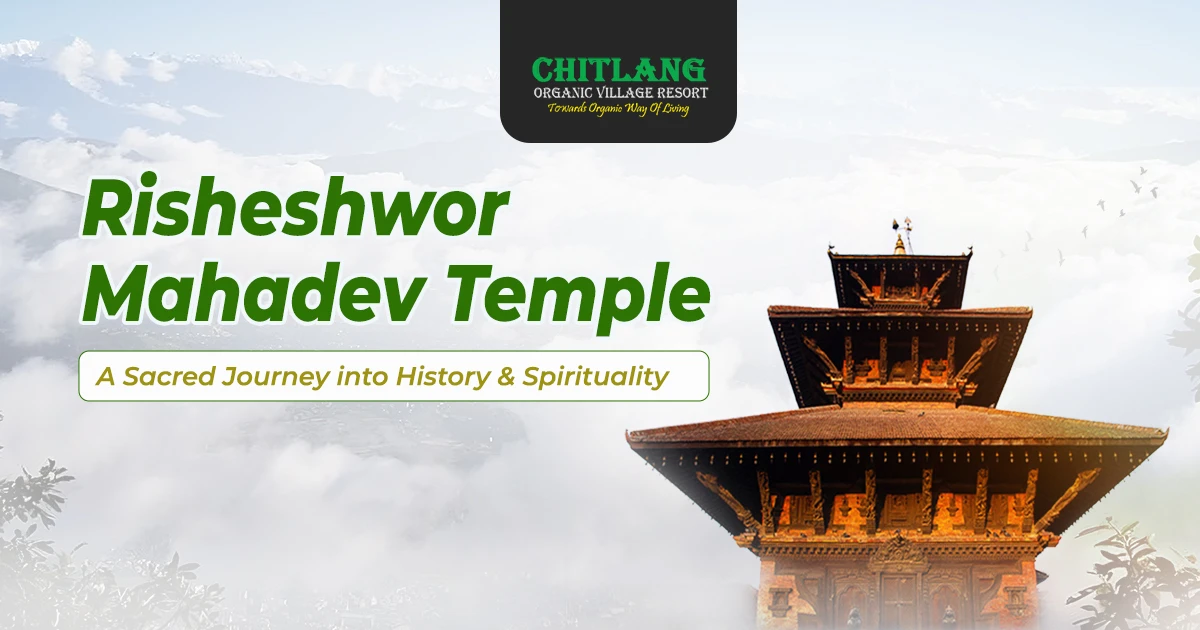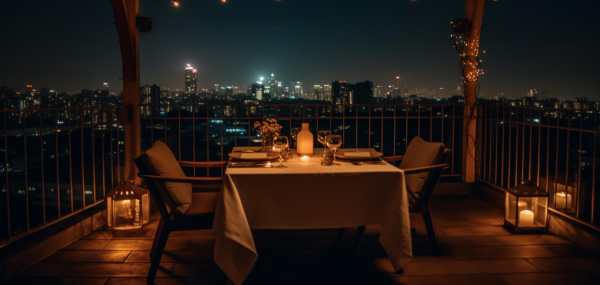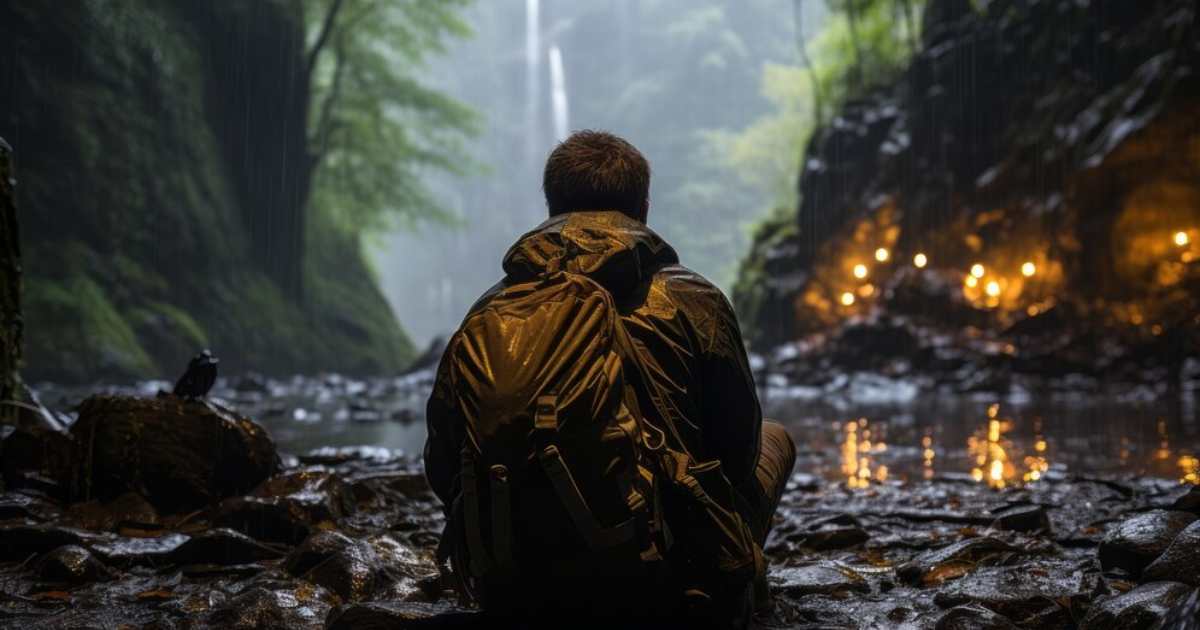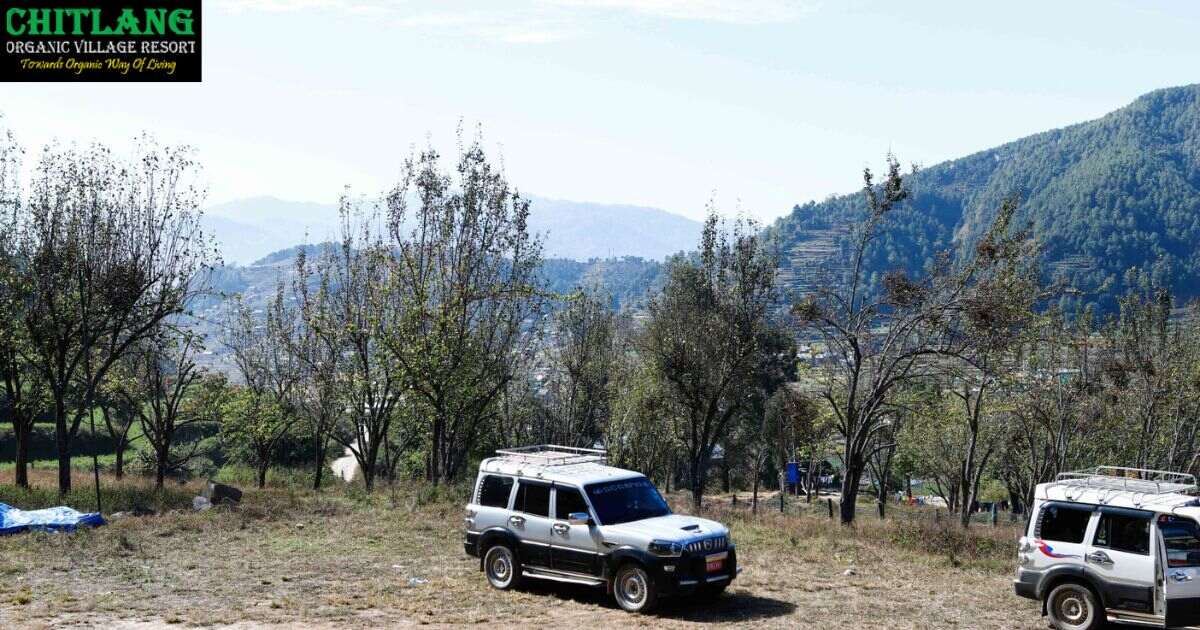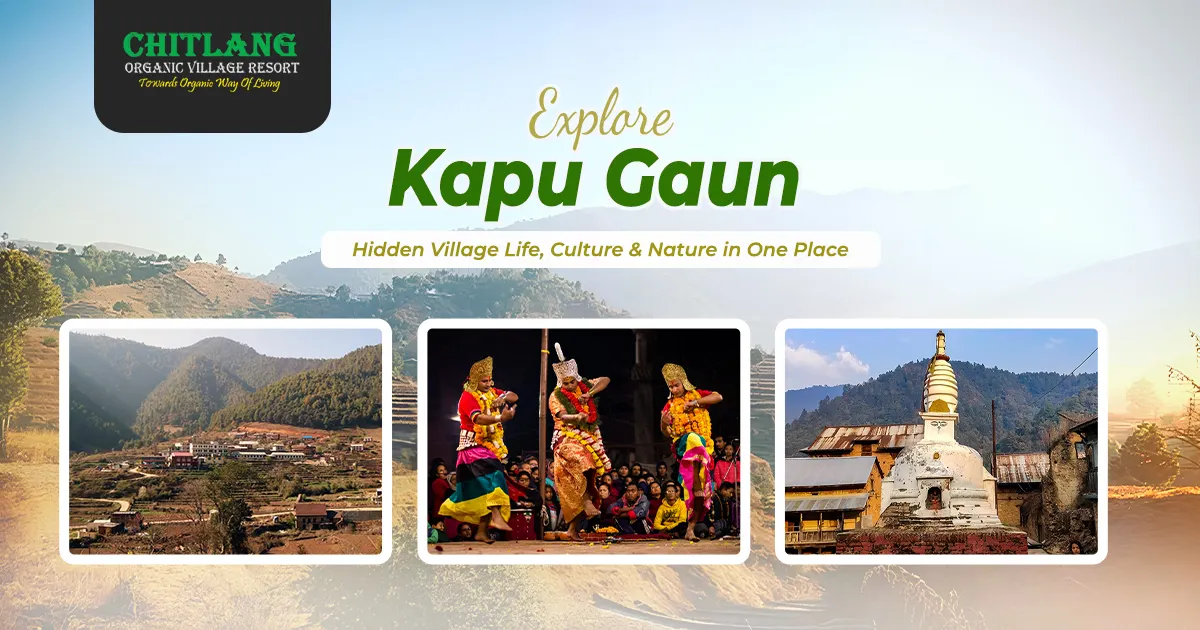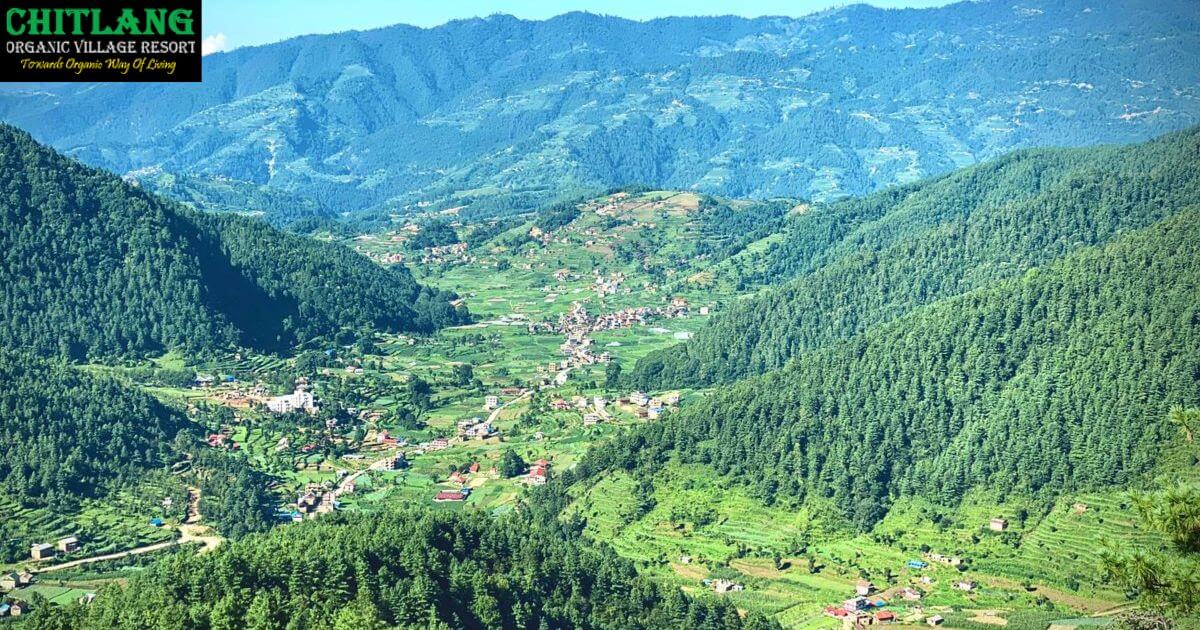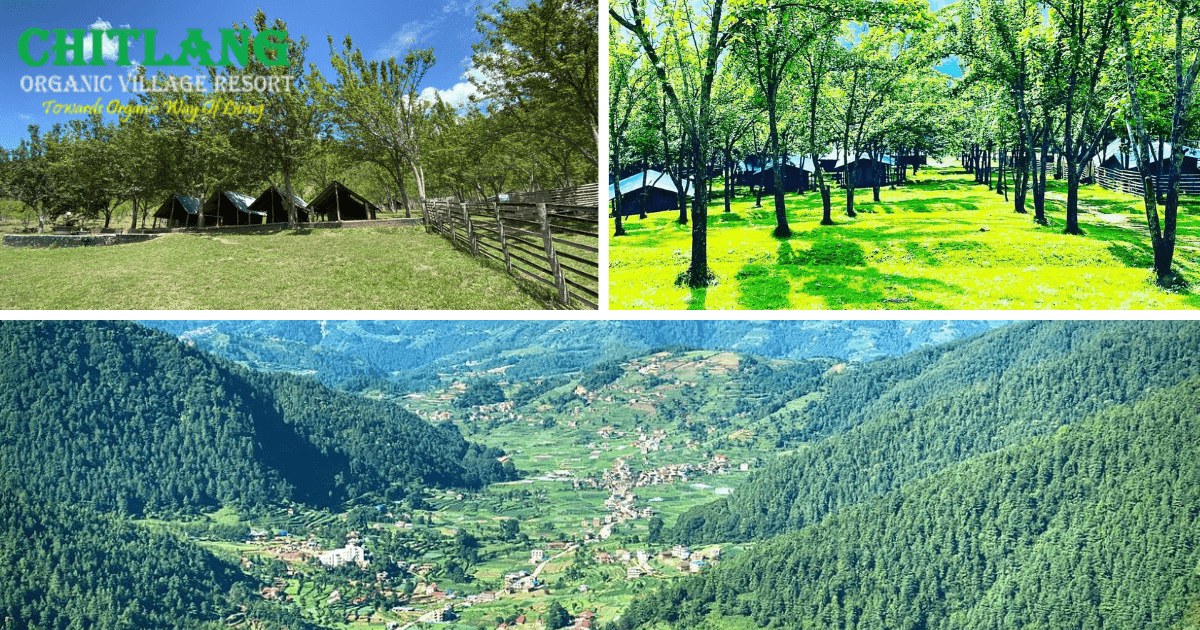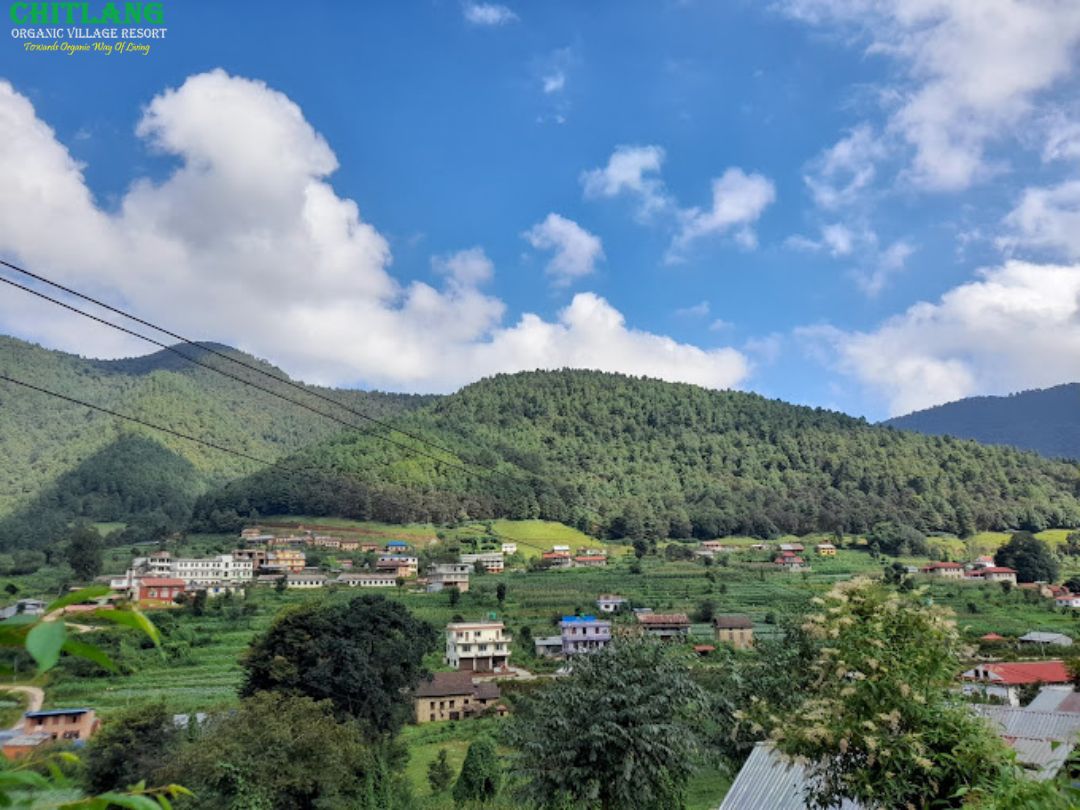If you are in Chitlang for a vacation and have a day or two more left, you must visit Daman. This tiny hill station at 2,322 meters offers one of the most expansive Himalayan vistas near Chitlang and Kathmandu. You might have guessed from its name, Daman, which may have come from a Nepali word, Damau, meaning “misty, cloud-kissed landscape.”
The land is dotted with undulating hills, sprawling thick forests, terraced agriculture, and small villages with only 5,000-6,000 in population. Encircled by high peaks like the Sim Bhanjyang (2,488 meters), it lies next to the Kulekhani Reservoir (Indra Sarobar), Nepal’s first big hydropower project.
Just a couple of hours’ ride from either Kathmandu or Chitlang will take you to this serene place to spend quality time with your loved ones. Read below to find out what makes Daman a must-visit place on your bucket list.
Historical and cultural significance
While Daman may not appear very documented history-wise, it is rich in local legends. Among the important sites here is Risheshor Mahadev Temple, which ties in with the lore of Lord Shiva resting here on his way back from the Himalayas. Being thirsty, he struck a rock with his trident, thus creating a spring that flows today, drawing pilgrims whose spirits are nourished by it.
It was an ancient stopping place for traders and travelers, but this place came into the limelight after the construction of the Tribhuvan Highway in 1956, which allowed for a greater influx of tourists. In terms of culture, Daman is Nepal in miniature. The population is made up of different ethnic groups; the Tamang, Chhetri, and Brahmin form the major groups.
They traditionally make a living from farming (maize, millet, and potatoes) but now are starting to venture into tourism. Festivals such as Dashain and Tihar are accompanied by rituals, music, and feasting, which animate the village. Tamang influence gives an indigenous flair to the region, as their language and traditions quietly merge into the local life.
Attractions and activities in Daman
Daman caters to all tastes, from nature lovers to culture vultures to thrill-seekers or folks wishing to find some peace. The following are some activities and attractions in Daman:
Attractions in Daman
- Daman View Tower: This tower has the most spectacular view of the towering giants: Mount Everest, Dhaulagiri, Annapurna, Langtang, and many others. The tower has long-range telescopes, allowing you to see those mountains in much more detail.
- Risheshwor Mahadev Temple: This is an important Hindu pilgrimage site, enriched with a mythological story related to Lord Shiva. The temple is popular for its natural water source and celebration of cultural festivals, such as Fagu Purnima and Thulo Ekadashi.
- Tibetan Buddhist Monastery: This monastery introduces visitors to the culture and traditions of Buddhism. Located some thirty minutes’ walk from the village, this place is worth the hike.
- Indra Sarobar Lake: Just a 30-40 minute drive away, this artificial lake offers you plenty of fun activities like boating and fishing, surrounded by green hills.
- Mountain Botanical Garden: Established in 1960, the garden is larger than most in the region, hosting different rhododendron species and other flora.
Activities in Daman
- Hiking and Trekking: Daman offers several hiking trails, such as the Daman to Sim Bhanjyang trek, along which spectacular views of the Himalayas and surrounding areas will keep you company.
- Mountain Biking: The bike trails here weave in and out of laps of nature around Daman, promising a bountiful share of fun.
- Bird Watching: The lush forest surrounding Daman is home to a variety of bird species, thus making it an absolute paradise for bird watchers.
- Fishing in Kulekhani Lake: This painting-like lake, situated nearby, offers a great fishing experience. So, if you’re a fish lover, this can be your oasis.
- Village Tours: In the evening, you can tour the villages to experience traditional Nepalese life and culture.
- Sunrise and Sunset Views: Daman is known for its stunning sunrise and sunset views over the Himalayas. So, if you happen to be there during the golden hour, take out your camera and take stunning pictures of the surroundings.
- Experience Snowfall: One of the closest places to Kathmandu where you can experience snowfall during winter. Most people prefer to go there in the winter so that they can enjoy and play in the snow.
What is the climate of Daman like?
Because Daman is at a higher altitude, it is cooler than Kathmandu throughout the year.
- Spring (March-May): 15-25°C (59-77°F)
- Pleasant, with clear skies early on, though pre-monsoon haze can blur views by May.
- The forests are filled with rhododendrons that bloom into bright reds and pinks.
- Very low precipitation initially in spring, with the occasional shower by the end of May.
Activities: Great for trekking, hiking, and viewing blooming rhododendrons.
- Monsoon (June-September): 10-20°C (50-68°F)
- Heavy rain (up to 80% of annual rainfall), fog, and landslides on the highway make it less ideal.
- Most of the hills tend to be hidden behind clouds, so all the mountain views are obscured; the air is damp and misty.
- Landslides may close down the highway, so travel becomes a little bit trickier.
Activities: Not ideal for trekking because of heavy rainfall and slippery trails.
- Autumn (October-November): 10-20°C (50-68°F)
- Crisp, dry, and the best time for crystal-clear mountain views.
- The skies post-monsoon are clear blue, giving the best Himalayan views from the viewing tower.
- Nights tend to get a bit nippy, especially in November.
Activities: Suitable for trekking, hiking, and bird-watching.
- Winter (December-February): 0-15°C (32-59°F).
- Chilly, with occasional snow or frost, especially at night.
- December and January flurries may be light, luring people out for a snowy hill experience.
- Minimum precipitation, mostly dry but a few cases of snow or sleet in January-February.
Activities: Perfect for experiencing snowfall and winter landscapes.
How to travel to Daman from Chitlang?
Traveling from Chitlang to Daman is a scenic journey through the mid-hills. However, it needs some planning due to the absence of any direct public transport between these two villages.
Option 1: By Private Vehicle (Car or Motorbike)
- Distance: 40-50 kilometers, depending on the route
- Duration: 2-3 hours
Route:
- Start in Chitlang and head east toward Kulekhani via local roads (partly paved, partly gravel).
- Reach the Kulekhani Dam/Indra Sarobar area (10-15 km from Chitlang).
- Join the Tribhuvan Highway (H17) heading southwest.
- Drive 25-30 km along the highway to Daman, passing through Markhu and Palung.
Option 2: Public Transport with Transfers
- Distance: Around 45-50 km in total.
- Duration: 3-5 hours, depending on connections.
Route:
- From Chitlang, take a local jeep or shared vehicle to Kulekhani (10-15 km, 30-60 minutes, NPR 100-200). These run irregularly, often in the morning.
- At Kulekhani, catch a bus or jeep heading south on the Tribhuvan Highway toward Hetauda (frequent, NPR 50-100).
- Get off at Daman (25-30 km from Kulekhani, 1-2 hours).
Option 3: Hiking (For Adventurers)
- Distance: 20-25 km (straight-line estimate; trails could extend up to 30-35 km)
- Duration: 6-10 hours, depending on pace and stops.
Route:
- Start in Chitlang and trek southwest through forest trails and ridges towards Kulekhani.
- Skirt the northern edge of Indra Sarobar Lake.
- Climb towards Simbhanjyang or other ridges, then descend to Daman.
Food and accommodation
- Accommodate: Different hotels will accommodate from the small basic guesthouses for around NPR 1,000-2,000 per night to the mid-range ones charging between NPR 5,000-10,000, like the Everest Panorama Resort, which provides good, comfortable rooms with mountain views included. You can enjoy camping too if you bring all your own gear.
- Food: Dal Bhat (lentils, rice, and vegetables), momos, and chowmein are easily available at local restaurants, with resorts possibly having a few continental dishes but serving a simple Nepali diet. Some staples include tea and chyang (local millet beer).
- Best duration: 1 to 2 days. Although day trips from Kathmandu and Chitlang are fun, an overnight stay would be perfect to catch the sunrise.
- Packing essentials:
- Clothing: Layers (fleece, jacket) for cold mornings/nights, especially in winter; light clothes for daytime in spring/summer; rain gear if monsoon-adjacent.
- Footwear: Sturdy shoes or hiking boots—trails and village paths can be uneven.
- Gear: Sunscreen and sunglasses (high UV at 2,322 m), hat, water bottle, power bank (spotty electricity), flashlight (for early sunrise trips or power cuts).
- Extras: Snacks, first-aid kit, cash (in NPR, ATMs are rare).
Why visit Daman?
Daman is a hidden gem, less explored than Nagarkot or Pokhara, raw in its beauty, and with a great view of the Himalayas. It is the perfect place to relax if you want to enjoy nature, get a taste of rural Nepal, and escape the chaos of Kathmandu. Be it trekking, photography, or simply craving some peace, Daman has it all for you.
FAQs
1. Is Daman crowded?
Ans: Not usually; it is much less crowded than Pokhara or Nagarkot. The winter snow would attract a few people, as would the weekends from Kathmandu.
2. Is Daman safe to visit?
Ans: Yes, being quiet, is safe for tourists. If you are hiking, stay on known paths and be careful of slippery trails in case it rains or snows.







